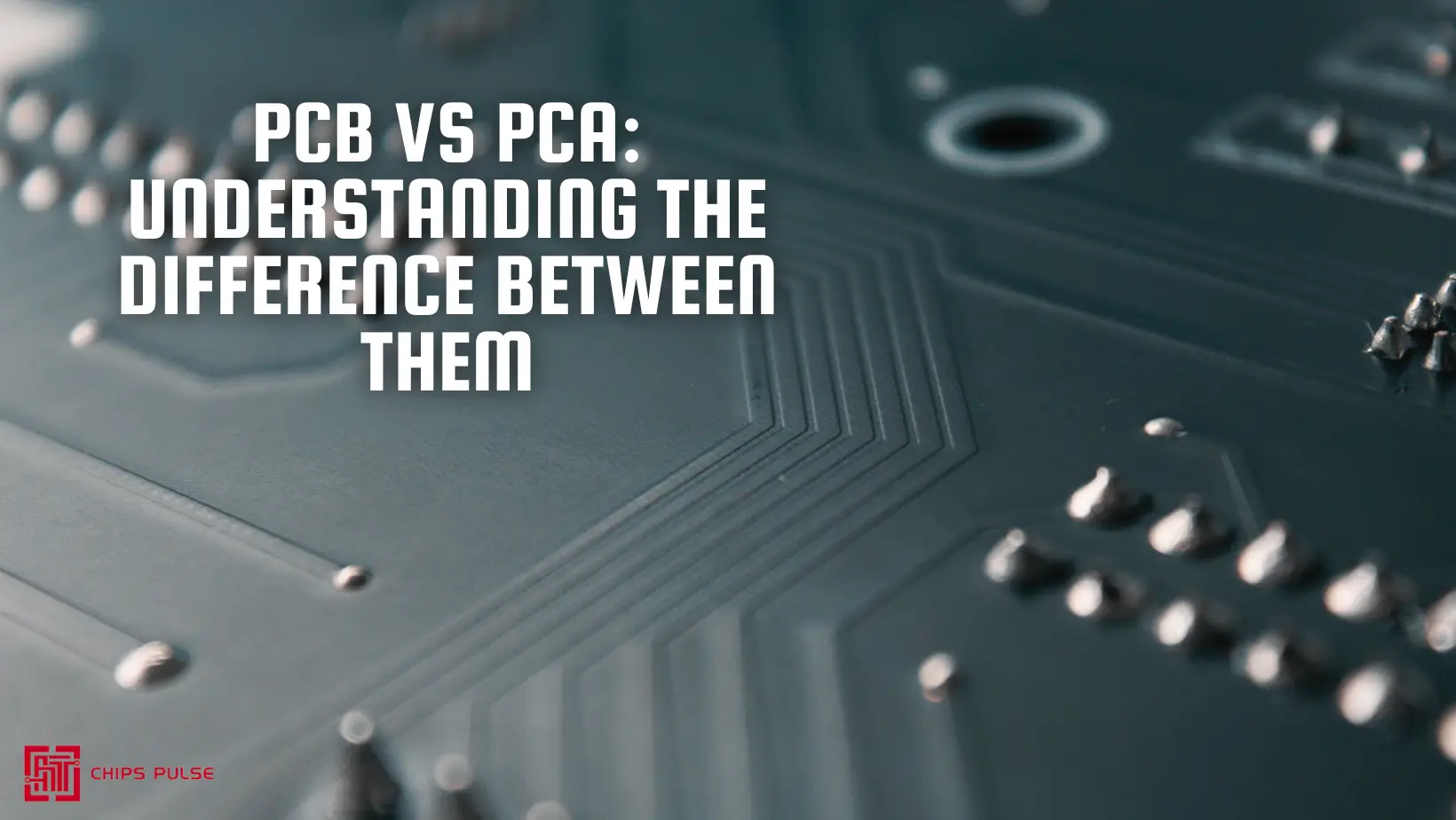PCB (Printed Circuit Board) and PCA (Printed Circuit Assembly) are two essential terms that often cause confusion. While they are closely related, there are significant differences between the two that are important to grasp for anyone involved in the electronics industry.
A printed circuit board is the foundation of any electronic device. It provides the mechanical support and electrical connections between various electronic components. PCBs are composed of a non-conductive substrate material, such as fiberglass, with conductive pathways etched or printed onto the board. These pathways, typically made of copper, form the electrical connections between components.
Printed circuit assemblies, on the other hand, refer to the fully assembled circuit boards that include not only the bare PCB, but also all the electronic components soldered onto it. This includes resistors, capacitors, integrated circuits, and any other necessary parts. The process of assembling these components onto the PCB is often performed using automated techniques, such as surface mount technology (SMT) or through-hole assembly.
Understanding the differences between PCBs and PCAs is (PCB vs PCA) essential in electronic design and manufacturing. PCBs are focused on the physical structure and electrical connections, while PCAs encompass the entire assembled circuit board with components. When optimizing for search, it's important to consider the specific needs and considerations for each in order to provide the most relevant information to your audience.
In conclusion, PCBs and PCAs are both integral parts of electronic devices, each with its own unique characteristics and importance in the manufacturing process. By understanding these differences, manufacturers and engineers can make informed decisions to meet the specific requirements of their electronic designs.
PCA offers several advantages that aid in streamlining manufacturing operations. These include improved manufacturing efficiency and speed, allowing for faster production cycles and increased output. Additionally, PCA enables increased accuracy and consistency in component placement, leading to precise assembly of electronic circuitry. As a result, manufacturers can enjoy reduced labor costs due to the automation and precision provided by PCA. Furthermore, PCA contributes to improved quality control by minimizing human error in the assembly process, ultimately enhancing the reliability and performance of electronic devices.
